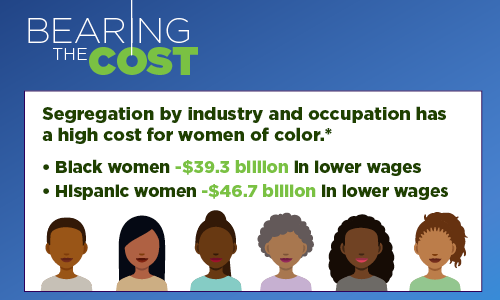Women workers, particularly women of color, experience multiple types of inequality in the labor force, including gender and racial wage gaps, occupational segregation, and a disproportionate burden of costs associated with caregiving.
The U.S. Department of Labor is committed to addressing inequality in all its forms to support workers and advance our mission.

Still Bearing the Cost: Black and Hispanic Women Lose Billions Due to Job Segregation
This update to our prior report uses 2022 data to measure the price that Black and Hispanic women still pay due to their overrepresentation in certain industries and occupations that, on average, pay lower wages than those held by white men.
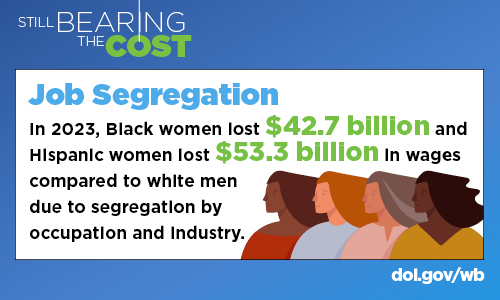
Bearing the Cost: How Overrepresentation in Undervalued Jobs Disadvantaged Women During the Pandemic
Our report details how women, especially women of color, were impacted by the COVID-19 economic crisis, the role of occupational segregation, and how we are committed to addressing these disparities to create a more equitable economy.

Connecting the dots: "Women's work" and the wage gap
Women's over or under representation in different jobs is a major contributor to gender and racial wage gaps.

The wage gap, by the numbers
This interactive tool shows women's and men’s earnings and the gender wage gap among full-time workers by race, ethnicity, and occupation group.
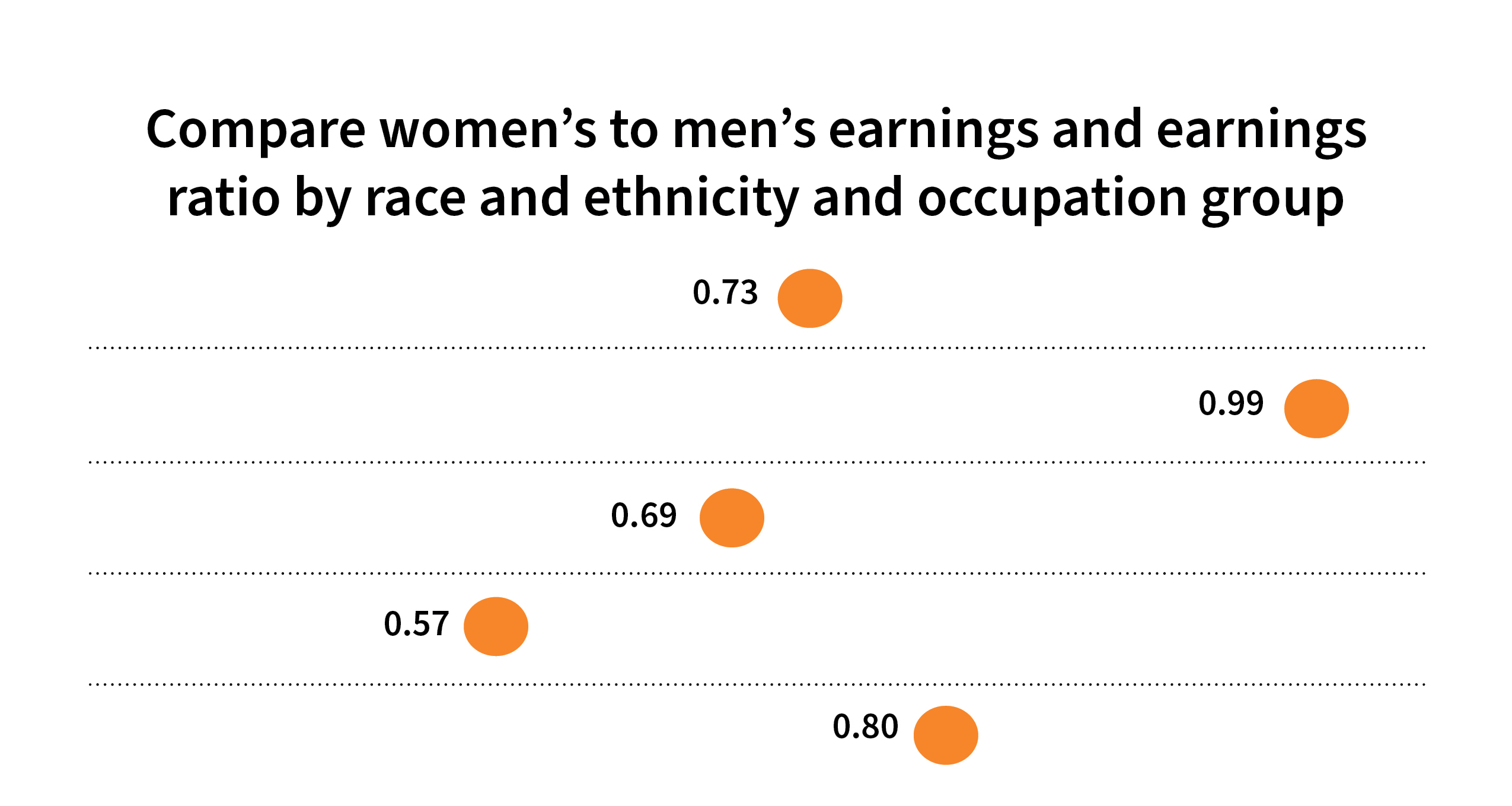
Why this matters for workers
Additional resources

FACT SHEET: Biden-Harris Administration Announces Commitments to Advance Pay Equity and Support Women’s Economic Security
See the White House fact sheet on Equal Pay Day, March 15, 2022.
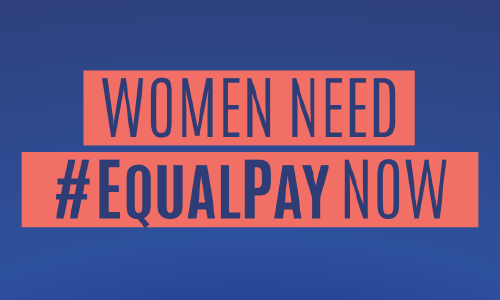
Equal Pay and Pay Transparency Protections
See more resources from the Women's Bureau on Equal Pay and Pay Transparency.
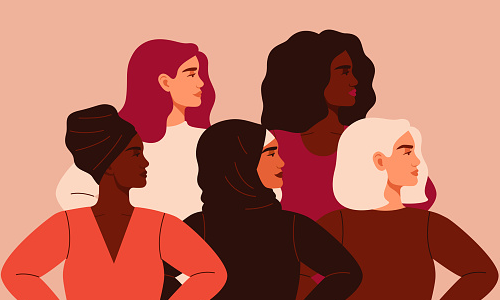
Blogs

WATCH: Secretary Walsh on Expanding Career Opportunities for Women
Secretary Walsh shares a few key takeaways on the economic consequences of occupational segregation and how it worsens inequality.




